Aluminum Capacitor vs Electrolytic: What Are Differences Between Them?
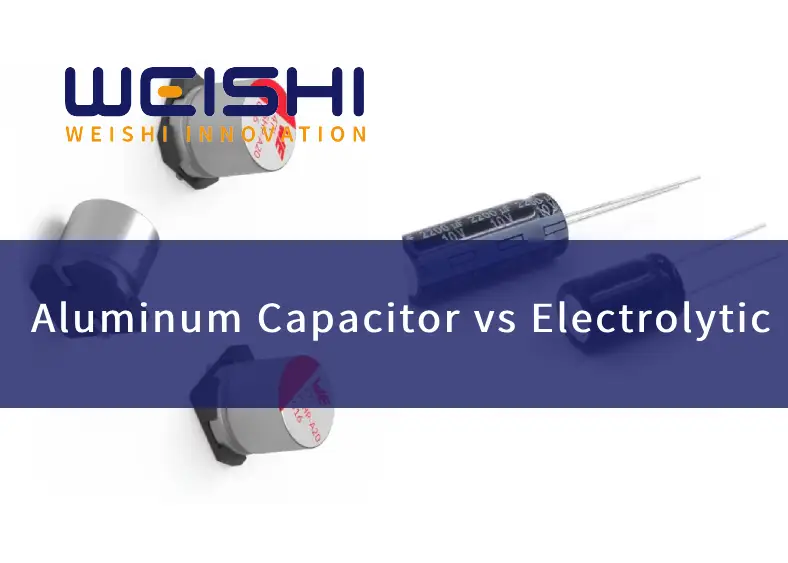
Discover the key differences between Aluminum and Electrolytic capacitors: lifespan, temperature tolerance, ripple current handling, and more. Learn which capacitor type is best suited for your specific electronic projects.
Polymer Capacitor Failure: What Casues and How to Prevent
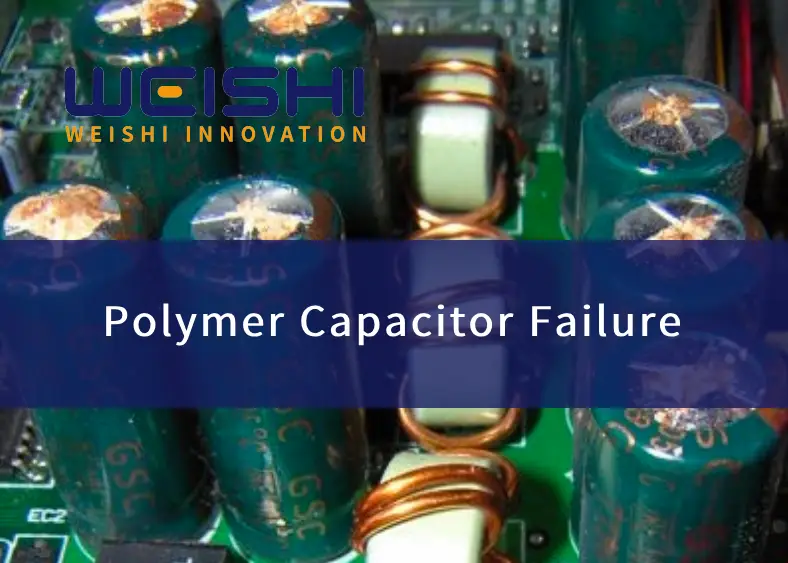
Learn about the common causes of polymer capacitor failure and discover effective prevention strategies. This guide covers factors like temperature extremes, overvoltage, and improper installation. Gain valuable insights to maximize the lifespan and reliability of your polymer capacitors.
Ceramic Capacitor Resonant Frequency: What It Is and How it Works
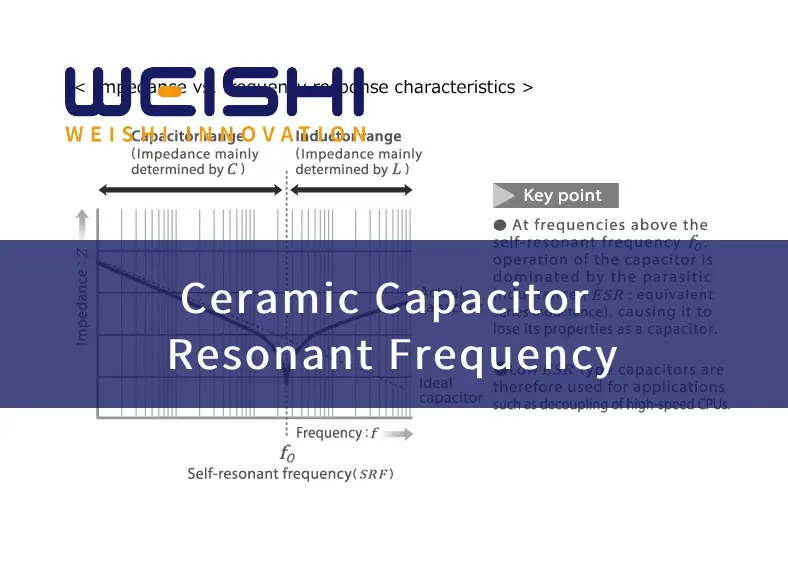
Ceramic capacitors are ubiquitous components in electronic circuits, playing a crucial role in filtering, coupling, and energy storage. However, their behavior extends beyond simple capacitance, particularly at higher frequencies. A key parameter influencing their high-frequency performance is the resonant frequency. This blog post will delve into the concept of ceramic capacitor resonant frequency, explaining what […]
Ceramic Capacitor Temperature Coefficient: What It Is and How It Works
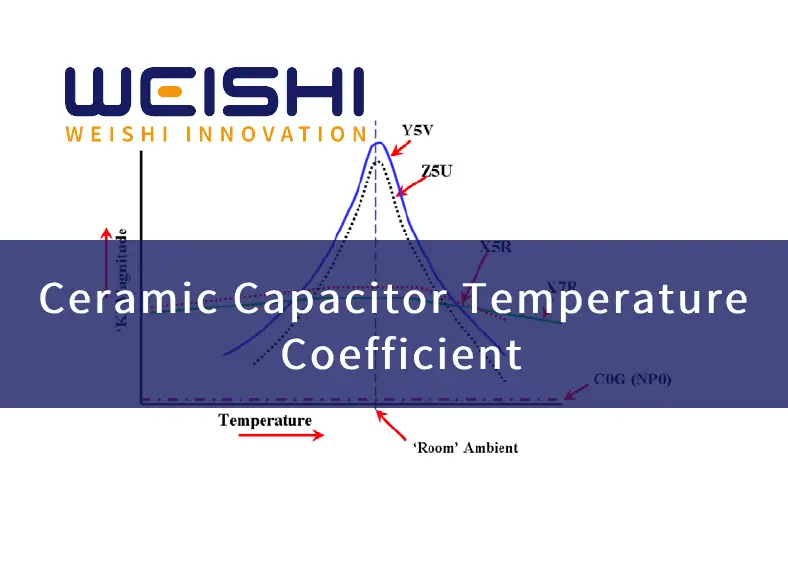
Ceramic capacitors, ubiquitous in electronic circuits, are susceptible to changes in temperature. This phenomenon, known as the Temperature Coefficient of Capacitance (TCC), describes how the capacitance of a ceramic capacitor varies with temperature changes. The TCC is a crucial parameter in many applications, as it directly impacts the performance and stability of electronic circuits. Understanding […]
Ceramic Capacitor Failure: What Causes and How to Prevent
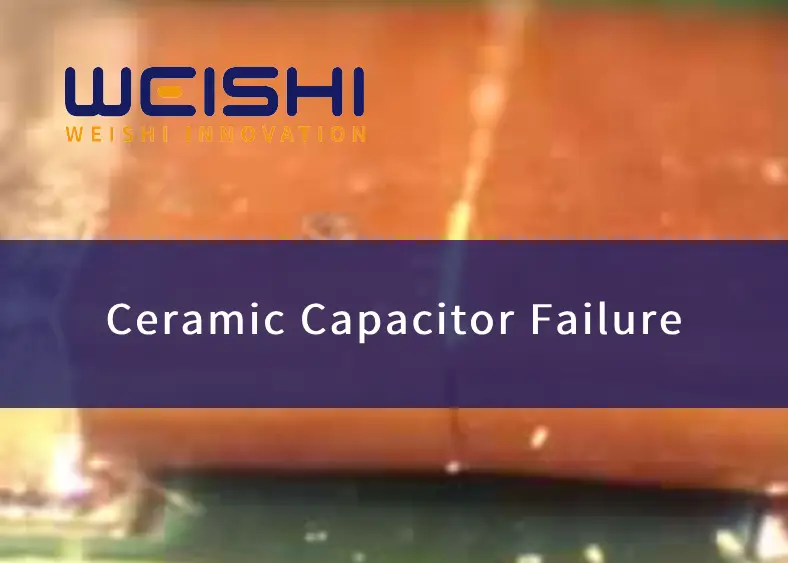
Ceramic capacitors are essential components in countless electronic devices, but they are not immune to failure. Understanding the common causes of failure can help engineers and technicians prevent these issues and ensure the reliability of their electronic systems. Several factors can contribute to the failure of ceramic capacitors, including excessive voltage stress, temperature extremes, mechanical […]
Ceramic Capacitor Classes: The Ultimate Guide
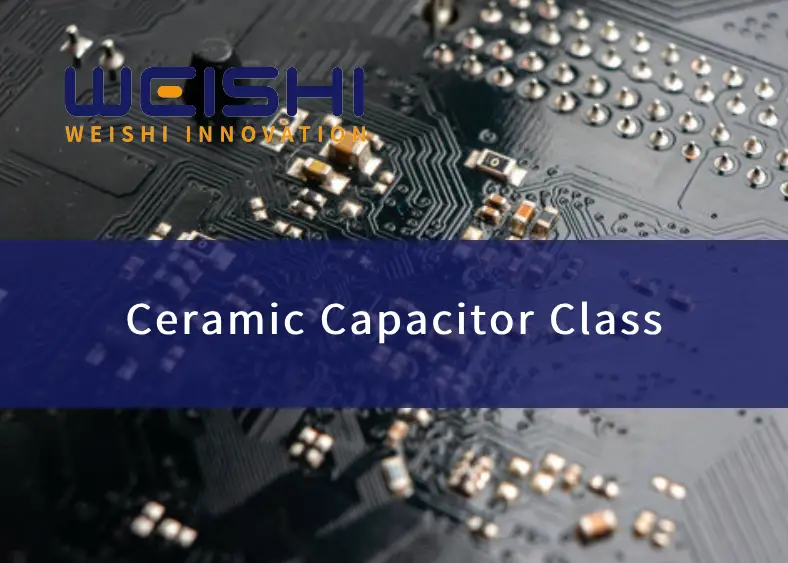
Discover the ultimate guide to ceramic capacitor classes. Understand their properties, applications, and how to select the best capacitor for optimal circuit performance and reliability.
Polymer Capacitor vs Ceramic: What Are Differences Between Them
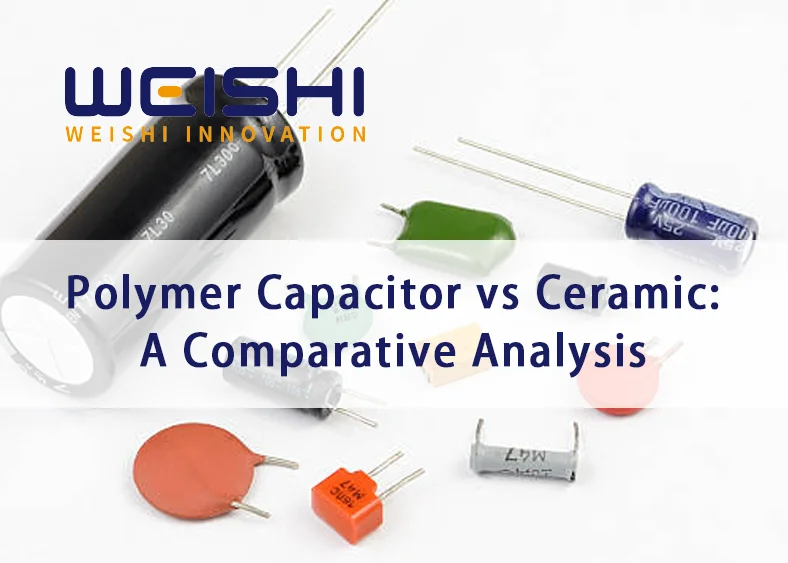
This article compares polymer capacitor and ceramic capacitor. It covers aspects like working principles, performance, applications, cost, and future trends. Discover which is better for your electronics needs.
Ceramic Capacitor Lifespan: How to Calculate Ceramic Capacitor Aging
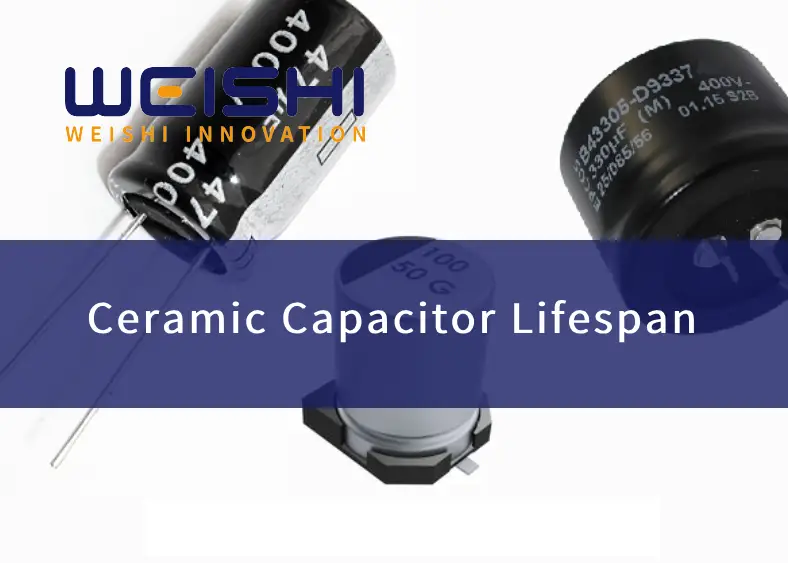
This blog post will delve into the critical aspect of ceramic capacitor lifespan, specifically focusing on the phenomenon of aging. We’ll explore how ceramic capacitors gradually lose capacitance over time, understand the factors influencing this aging process, and discuss practical methods for calculating the expected lifespan of these essential components. By gaining a deeper understanding […]
Ceramic Capacitor vs Polyester: What Are Differences Between Them?
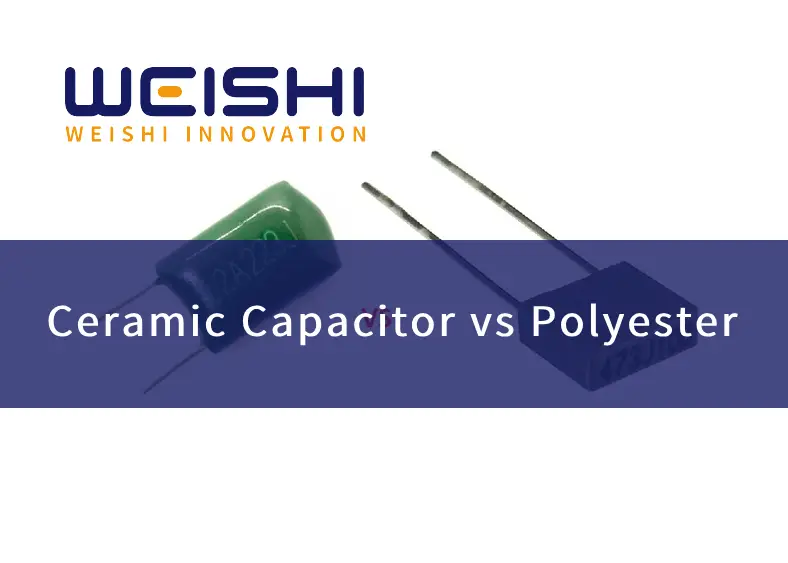
Compare ceramic and polyester capacitors: their characteristics, applications, and which one is right for your project.
Ceramic Capacitor Noise: What Causes and How to Reduce
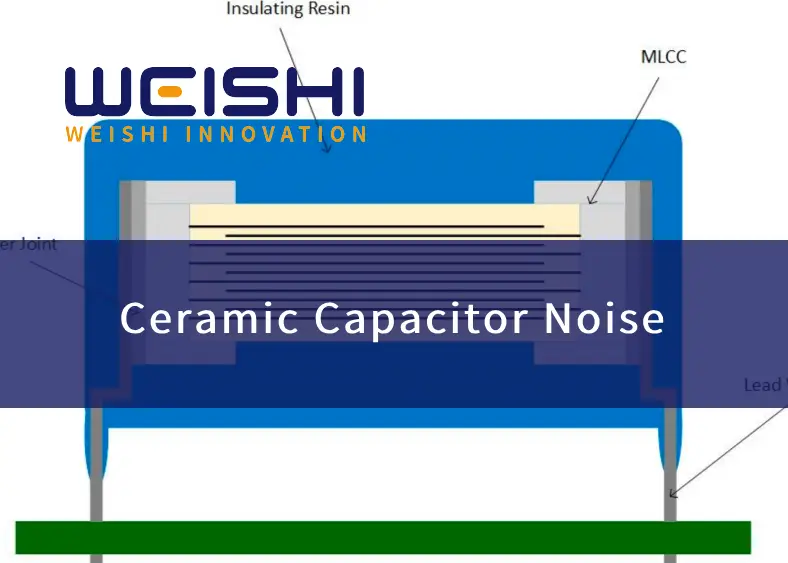
Understand ceramic capacitor noise: Learn about its causes, including dielectric properties and manufacturing variations, and discover effective noise reduction techniques.
Hybrid Polymer Capacitor: The Ultimate Guide
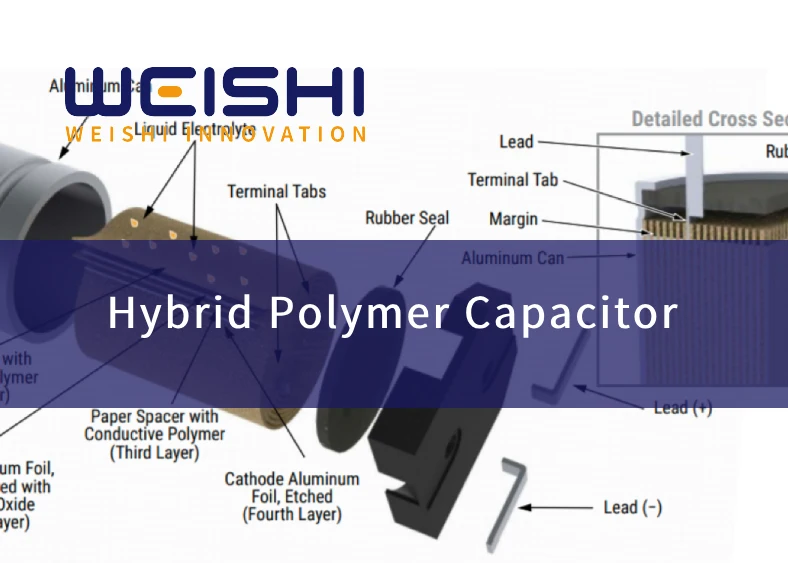
Experience the future of energy storage. Explore the benefits of hybrid polymer capacitors: higher power density, longer lifespan, improved temperature stability, and more. Our guide provides all the information you need.
Tantalum Capacitor Failure: Failure Modes of Tantalum Capacitors

Tantalum capacitors are essential components in many electronic devices, but they are not without their weaknesses. This blog post will delve into the common failure modes of tantalum capacitors, exploring the root causes of these failures, such as manufacturing defects, voltage spikes, and environmental factors. We’ll also discuss strategies for mitigating these risks and improving […]